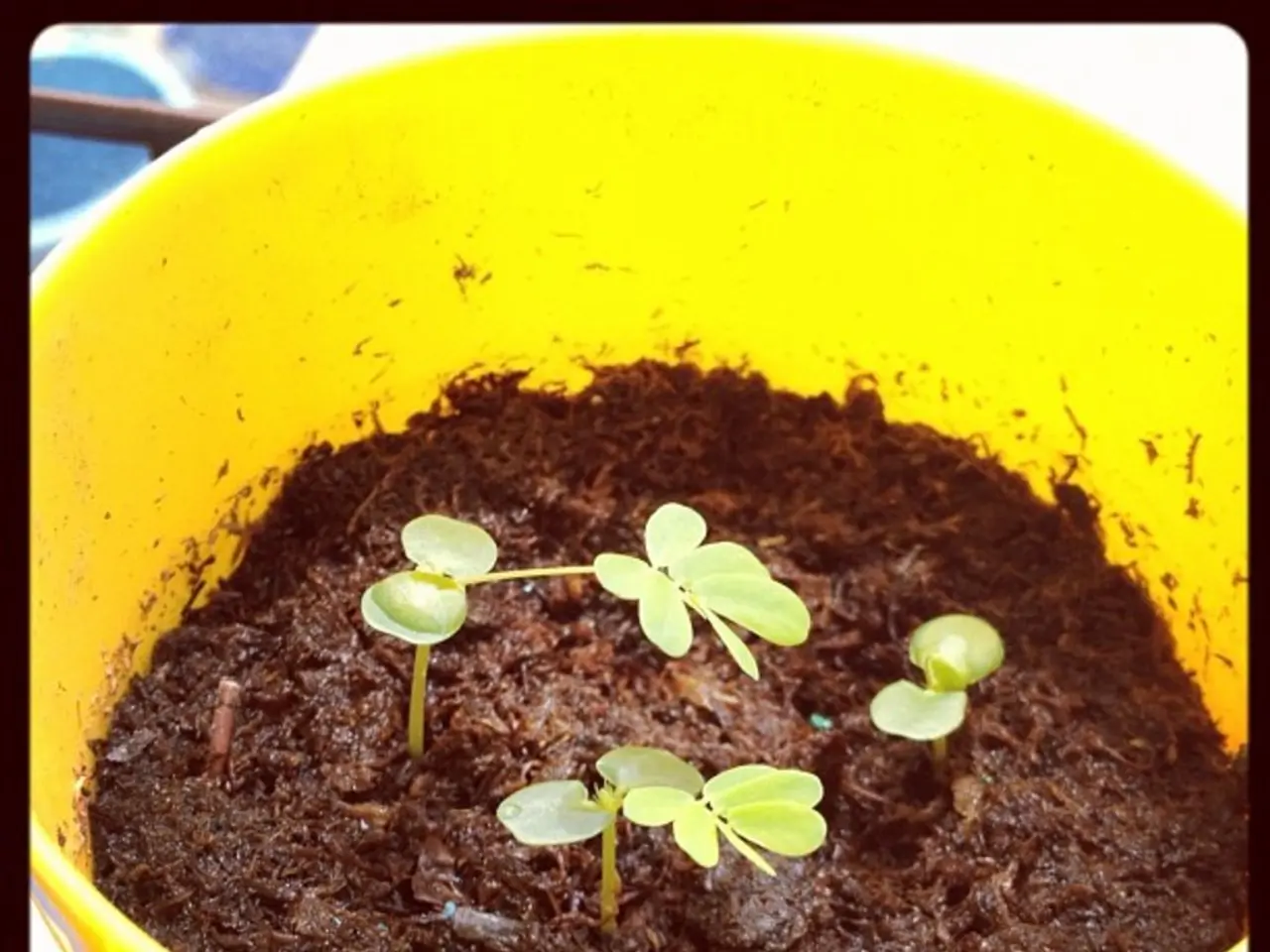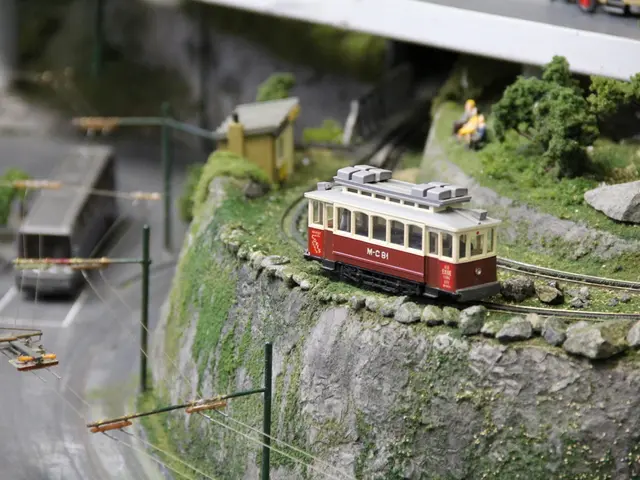Creating a Self-Sustaining Miniature Ecosystem in a Terrarium: Step-by-Step Guide
In the world of terrarium gardening, creating a self-sustaining ecosystem is a rewarding endeavour. Here's a practical guide for setting up your own bioactive terrarium, focusing on container selection, substrate setup, plant selection, and the integration of microfauna like springtails and isopods.
1. Container Selection
Choose a glass or clear plastic terrarium with a secure lid to maintain humidity and allow light penetration. The size should be appropriate for the intended plants and fauna, ensuring enough space for layers and movement.
2. Substrate Setup
Build a layered substrate system for drainage and biological function. Start with a drainage layer such as hydro balls or porous clay pebbles to prevent waterlogging. Above that, add a mesh layer to separate the drainage from the soil. Then add a bioactive soil substrate mix, rich in organic material, to support plant roots and microbial life. Incorporate leaf litter and decomposing wood to encourage microfauna activity and nutrient cycling.
3. Plant Selection
Opt for plants that thrive in enclosed, humid environments and have complementary growth habits. Ideal plants include ferns, mosses, bromeliads, pothos, and peperomia. These plants help stabilize humidity and provide habitat structure.
4. Microfauna Role (Springtails and Isopods)
Introduce springtails and isopods as a clean-up crew. Springtails consume mold and fungal growth, reducing harmful microbes. Isopods break down detritus and dead plant matter, recycling nutrients back into the soil, maintaining substrate health and preventing waste buildup. Together, they support the terrarium’s biological balance and sustainability.
5. Environmental Conditions
Maintain appropriate lighting for photosynthesis, typically indirect or moderate light, depending on plant species. Keep humidity stable by misting or using a closed container. Monitor temperature depending on the needs of your chosen plants and fauna. Adjust ventilation to avoid excessive condensation without drying out the terrarium.
6. Maintenance Tips
Avoid overwatering—let the drainage layer help regulate moisture. Monitor microfauna populations as their presence is crucial; add more if cleaning slows. Trim plants as needed to prevent overcrowding and maintain airflow.
This method creates a self-regulating ecosystem where plants, microorganisms, and detritivores work together, requiring minimal intervention once established.
For detailed setup steps, substrate recipes, and ongoing care guides, the "Ultimate Guide to Creating a Bioactive Terrarium" is an excellent resource. Videos and TikTok tutorials also offer practical visual tips on layering substrates, adding microfauna, and plant choices.
Remember, getting the right balance of water is the trickiest part of all terrarium projects. Ideally, there’d be just enough water in the system to facilitate the water cycle, with no excess moisture left over to cause any problems. Signs of low moisture levels include no visible condensation/fogging of the glass, dry, withered foliage, and no visible moisture at the substrate level against the glass.
With consistency, patience, and care, your bioactive self-sustaining terrarium will thrive, providing a captivating display of life and a sense of accomplishment. Happy gardening!
[1] Ultimate Guide to Creating a Bioactive Terrarium (link) [2] Terrarium Tutorials on YouTube (link) [3] Terrarium Tips on TikTok (link) [4] Terrarium Plant Choices (link)
1. Lifestyle
Incorporating a bioactive terrarium into your home décor can provide a unique and captivating focal point, blending the worlds of 'fashion-and-beauty' and 'home-and-garden' to create a miniature self-sustaining ecosystem.
2. Food-and-Drink
As you care for your terrarium, note that any spilled food or beverage can negatively impact the substrate and microfauna. It is important to maintain cleanliness around the terrarium, ensuring your living refuge remains a healthy and thriving environment.
3. Education-and-Self-Development
Studying and mastering the art of bioactive terrarium creation can offer a valuable learning experience in various topics, such as ecology, biology, and landscaping. It also serves as a fun,, engaging, and educational project for self-improvement and personal growth in the realm of 'education-and-self-development'.







